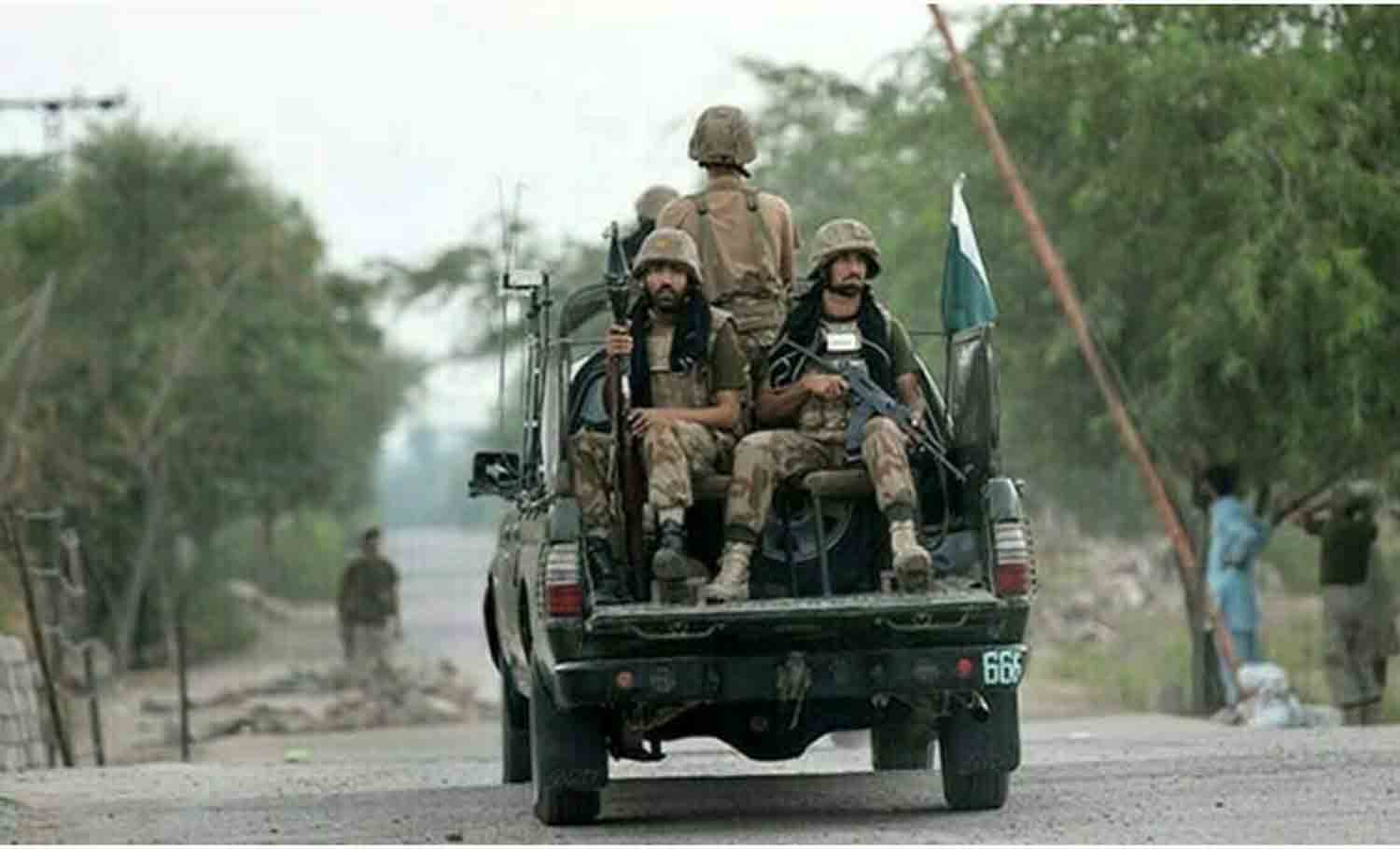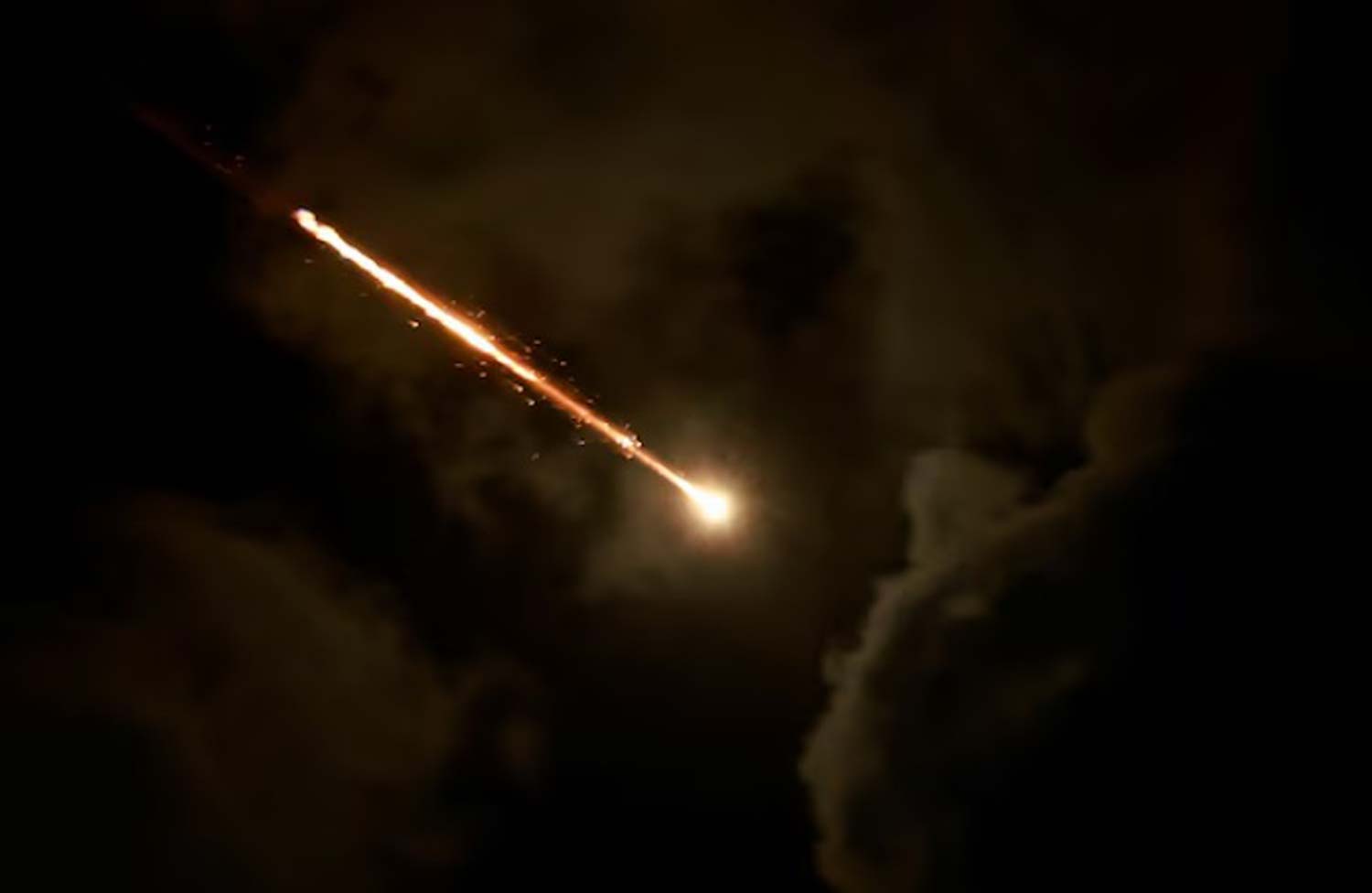Strengthening Bilateral Relations:
- Historical and Cultural Ties: Iran and Pakistan share a 900-km border and deep cultural, religious, and historical connections, including shared Sufi traditions, celebration of Nowruz, and the influence of figures like Allama Iqbal, whose mausoleum Pezeshkian visited in Lahore. These ties provide a foundation for enhanced cooperation.
- Post-Conflict Reconciliation: The visit comes after a period of strained relations due to cross-border missile strikes in January 2024, targeting militant groups like Jaish al-Adl and the Baloch Liberation Army. Both nations are keen to move past these tensions and build trust.
- Regional Stability: Amid recent Iran-Israel escalations and Pakistan’s support for Iran during the June 2025 conflict, the visit reinforces Pakistan’s role as a diplomatic ally advocating for de-escalation and regional peace. Pakistan’s condemnation of Israeli and U.S. attacks on Iranian nuclear facilities underscores this alignment.Security Cooperation and Regional Challenges:
- Counterterrorism and Border Security: Both countries face threats from militant groups like the TTP, Jaish al-Adl, and Baloch separatists operating in the restive Balochistan and Sistan-Baluchestan regions. The visit provides an opportunity to deepen security cooperation, especially given the volatile situation along the Pakistan-Afghanistan border, where TTP attacks have surged in KP. Joint strategies to address cross-border militancy could stabilize areas like North Waziristan and Kurram.
- Afghanistan as a Mutual Concern: With Afghanistan as a shared neighbor, Iran and Pakistan have an interest in stabilizing the region to curb extremism and facilitate trade. The visit could advance discussions on coordinated approaches to Afghan stability, especially given recent clashes at the Pakistan-Afghanistan border (e.g., Torkham in March 2025).
Economic and Trade Ambitions:
- Trade Target of $10 Billion: Both leaders aim to increase bilateral trade from $3 billion to $10 billion annually, focusing on energy, border trade, and infrastructure. The stalled Iran-Pakistan gas pipeline, delayed due to U.S. sanctions, is a key agenda item, with discussions on bypassing sanctions to meet Pakistan’s energy needs.
- Regional Connectivity: Iran seeks to integrate into the China-Pakistan Economic Corridor (CPEC) and extend connectivity to Europe via the Belt and Road Initiative, leveraging Pakistan’s strategic position. This could enhance trade routes through KP and Balochistan, despite security challenges.Geopolitical Positioning:
- Countering External Pressures: Pakistan’s support for Iran during the 2025 Iran-Israel conflict, including its role as a non-permanent UNSC member, strengthens their strategic partnership against Western sanctions and Israeli aggression. The visit reinforces solidarity on issues like Palestine.
- Balancing Relations: Pakistan navigates a delicate balance between its ties with Iran and its historical alignment with Saudi Arabia and the U.S. The visit signals Pakistan’s intent to diversify its foreign policy without alienating other allies.
Potential Achievements
- Countering External Pressures: Pakistan’s support for Iran during the 2025 Iran-Israel conflict, including its role as a non-permanent UNSC member, strengthens their strategic partnership against Western sanctions and Israeli aggression. The visit reinforces solidarity on issues like Palestine.
- Trade Target of $10 Billion: Both leaders aim to increase bilateral trade from $3 billion to $10 billion annually, focusing on energy, border trade, and infrastructure. The stalled Iran-Pakistan gas pipeline, delayed due to U.S. sanctions, is a key agenda item, with discussions on bypassing sanctions to meet Pakistan’s energy needs.
- Counterterrorism and Border Security: Both countries face threats from militant groups like the TTP, Jaish al-Adl, and Baloch separatists operating in the restive Balochistan and Sistan-Baluchestan regions. The visit provides an opportunity to deepen security cooperation, especially given the volatile situation along the Pakistan-Afghanistan border, where TTP attacks have surged in KP. Joint strategies to address cross-border militancy could stabilize areas like North Waziristan and Kurram.
- Historical and Cultural Ties: Iran and Pakistan share a 900-km border and deep cultural, religious, and historical connections, including shared Sufi traditions, celebration of Nowruz, and the influence of figures like Allama Iqbal, whose mausoleum Pezeshkian visited in Lahore. These ties provide a foundation for enhanced cooperation.
Security Agreements:
- Counterterrorism Collaboration: The visit could lead to agreements on intelligence sharing and joint operations to combat TTP, Jaish al-Adl, and Baloch separatists. This is critical for stabilizing KP and the Pakistan-Afghanistan border, where recent operations (e.g., April 2025 in North Waziristan) highlight ongoing threats.
- Border Management: Enhanced cooperation on border security could reduce incidents like the March 2025 Torkham clash, ensuring smoother trade and reducing militant infiltration. Discussions may include mechanisms to prevent unauthorized border posts, as seen in Kurram-Khost conflicts.
- Counterterrorism Collaboration: The visit could lead to agreements on intelligence sharing and joint operations to combat TTP, Jaish al-Adl, and Baloch separatists. This is critical for stabilizing KP and the Pakistan-Afghanistan border, where recent operations (e.g., April 2025 in North Waziristan) highlight ongoing threats.
Economic and Energy Cooperation:
- Gas Pipeline Progress: Agreements to advance the Iran-Pakistan gas pipeline, possibly through sanction waivers or alternative financing, could address Pakistan’s energy crisis, particularly in border regions like Balochistan.
- Trade and Infrastructure: Signing of economic agreements, as seen in Raisi’s 2024 visit (eight cooperation documents), could boost cross-border trade markets like Mand-Pishin and facilitate Iran’s integration into CPEC.Cultural and People-to-People Ties:
- Cultural Exchanges: The visit emphasizes cultural diplomacy, with Pezeshkian’s tribute to Allama Iqbal symbolizing shared heritage. Agreements on tourism and cultural exchanges could strengthen public ties, particularly for Pakistan’s Shia community visiting Iran.
- Educational and Business Engagement: Meetings with Pakistani elites and businessmen may lead to initiatives like joint research centers or trade expos, building on Iran’s cultural consulates in Pakistan.
- Cultural Exchanges: The visit emphasizes cultural diplomacy, with Pezeshkian’s tribute to Allama Iqbal symbolizing shared heritage. Agreements on tourism and cultural exchanges could strengthen public ties, particularly for Pakistan’s Shia community visiting Iran.
- Gas Pipeline Progress: Agreements to advance the Iran-Pakistan gas pipeline, possibly through sanction waivers or alternative financing, could address Pakistan’s energy crisis, particularly in border regions like Balochistan.
Regional Diplomacy:
- Afghanistan Strategy: The visit could lay the groundwork for a coordinated Iran-Pakistan approach to Afghanistan, addressing TTP safe havens and promoting economic integration to reduce conflict spillovers into KP.
- Mediation and De-escalation: Pakistan’s role as a mediator in Iran’s conflicts with Israel and the U.S. could be formalized, enhancing its diplomatic stature and fostering regional stability.
- Afghanistan Strategy: The visit could lay the groundwork for a coordinated Iran-Pakistan approach to Afghanistan, addressing TTP safe havens and promoting economic integration to reduce conflict spillovers into KP.
Relevance to Khyber Pakhtunkhwa and Pakistan-Afghanistan Border
- Security Spillovers: Strengthened Iran-Pakistan security cooperation could indirectly support Pakistan’s counterterrorism efforts in KP, where TTP attacks have intensified. Joint intelligence sharing with Iran could help track cross-border militant movements, especially if Afghan-based TTP operatives use routes near Iran’s border.
- Trade Routes: Enhanced economic ties, including CPEC integration, could stabilize KP by boosting trade through border markets, reducing reliance on conflict-prone areas like Torkham. However, ongoing violence in KP (e.g., the July 2025 North Waziristan attack) underscores the need for robust security measures to protect these initiatives.
- Diplomatic Leverage: Improved relations with Iran could give Pakistan more leverage to negotiate with Afghanistan on border issues, potentially reducing clashes like those in Kurram and fostering a regional framework for peace.
Challenges and Considerations
- U.S. Sanctions: Progress on the gas pipeline and trade faces hurdles due to U.S. sanctions on Iran, requiring creative diplomatic solutions.
- Baloch Militancy: Continued attacks by Baloch separatists in both countries could undermine trust unless addressed collaboratively.
- Afghan Tensions: The volatile Pakistan-Afghanistan border situation, with TTP’s resurgence and Afghan Taliban’s alleged complicity, complicates regional security discussions. Pakistan and Iran must align their Afghanistan policies to avoid conflicting interests.

















